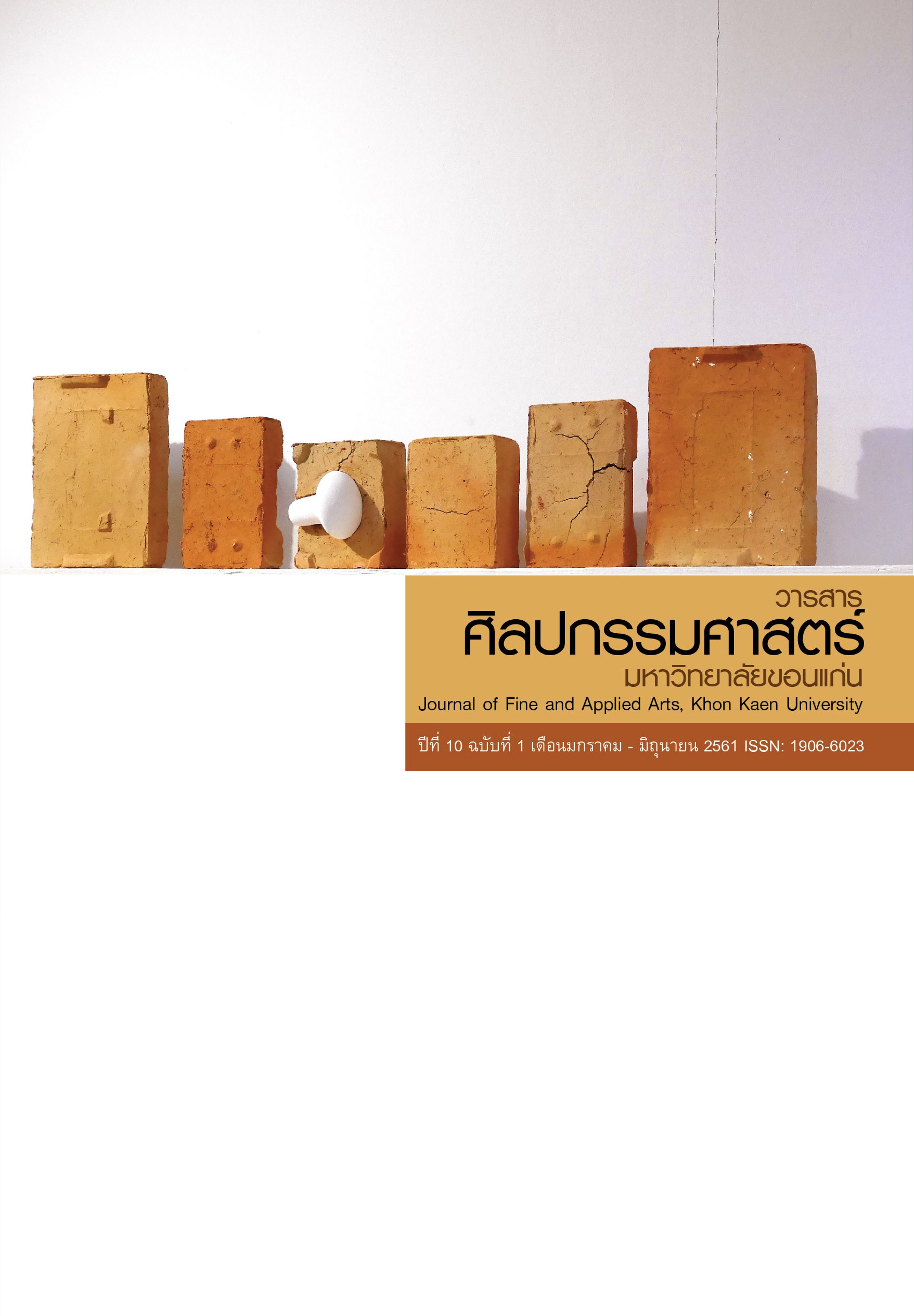Ceremony Boun ho kaw pa dub din in Vientiane Lao PDR
Main Article Content
Abstract
The content within this article study the Boun Ho Kaw Pa Dup Din in Vientiane, Lao PDR. The objective of this research is to study the history of the Boun Ho Kaw Pa Dub Din and background based on the document research and the field data study with in the following districts have: 1) Sisattanak 2) Chanthabouly and 3) Sikhottabong This research data is a qualitative research conducted using the following tools: surveys and observations. The data was analyzed and presented
through descriptive analysis and accompanied by pictures. From the study, it was found that the Boun Ho Kaw Pa Dup Din was part of the Heet 12 tradition that concerns the afterlife of the deceased these people. The ceremony is about dedicating the good karma to the ancestral spirits and the spirits if “Prets” the people can’t see it in the work which shows the relationship between the people and the spirits as well as the people and society. This tradition also focuses on remembering the good deeds that the deceased had done. The tradition can be traced back to the time of Lord Buddha when King Bimbisar gave merits to Gautama Buddha but not to the Prets. Later on, the Prets came screaming howling and asking for the merits from him. There fore, he gave the merits to them through the Kruad Nam ceremony (the pouring of the water onto the ground as dedication to the spirit) which helped lessen the suffering that the Prets had to
endure in hell. This belief had been passed down and became the Boun Ho Kaw Pa Dub Din for both the people in Laos up until thepresent time. From the study Ceremony Boun ho kaw pa dub din, it was There are 5 components to the Boun Ho Kaw Pa Dub Din: 1) the location where the ceremony will take place 2) the time the ceremony will take place 3) the sacrifices 4) the participants of the ceremony and 5) the procedures of the ceremony. In summary Ceremony Boun ho kaw pa dub din, the ritual of rice planting ceremony is a tradition of gathering. Seasonal fruits and fish, fish, sweet and savory foods are mixed together in a package. To devote to the souls of the ancestral spirits. And brotherhood Including
the Phantom (regular) starting from the time from 2am to 5am on the morning of the 15th night of the ninth month every year.
Article Details
Content and information in articles published in the Journal of Fine and Applied Arts of Khon Kaen University is regarded as the opinion and sole responsibility of the author(s) directly; therefore, editors are not obliged to agree to or share any responsibility with regard to the content and information that appears within these articles.
All articles, information, content, image, etc. that have been published in the Journal of Fine and Applied Arts of Khon Kaen University is the copyright of the Journal of Fine and Appllied Arts of Khon Kaen University. Any person or organization who wishes to distribute all or parts of the articles for further dissemination or other usage must first receive permission from the Journal of Fine and Applied Arts of Khon Kaen University before proceeding to do so.
References
ฉลาดชาย รมิตานนท์. (2527). ผีเจ้านาย. เชียงใหม่ : ศูนย์หนังสือเชียงใหม่.
สุเนด โพทิสาน และคณะ. (2543). ประวัติศาสตร์ลาว ดึกดำบันและปัจจุบัน. นครหลวงเวียงจันทร์
สุเนด โพทิสาน. (2554). ความเชื่อ ปรัชญาศาสนา และวัฒนธรรม. Belief, Philosophy, Religion and Culture,คณะศิลปกรรมศาสตร์ มหาวิทยาลัย.
สมศักดิ์ ศรีสันติสุข. (2537). ภูมิปัญญาชาวบ้านเพื่อแก้ไขปัญหาครอบครัวและชุมชน : กรณีศึกษาการอพยพเคลื่อนย้ายแรงงานในเขตอีสานกลาง. ขอนแก่น : คณะมนุษยศาสตร์และสังคมศาสตร์ มหาวิทยาลัยขอนแก่น.
Bouavone Phommabouth. (2559). ธาตุพื้นบ้าน พัฒนาการทางรูปแบบ และพิธีกรรม ในนครหลวงเวียงจันทน์ สปป ลาววิทยทนิพนธ์ ปรัชญาดุษฏีบัณฑิต สาขาวิจัยศิลปะและวัฒนาธรรม สาขาศิลปกรรมศาสตร์ บัณฑิตวิทยทลัย: มหาวิทยาลัย ขอนแก่น
IsanGate ประตูสู่อีสานบ้านเฮา, (2558) http://www.isangate.com/local/kao_pradab_din.html http://www.phibun. com/thai _tradition / tradition_name=thai-heet/heet_09.php

